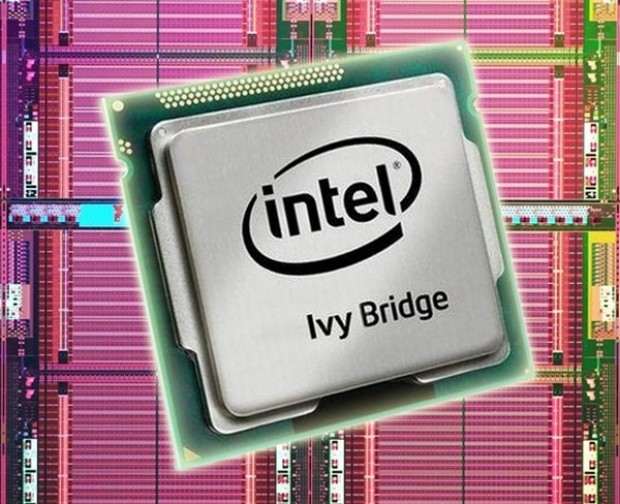Intel Reveals More Details of Ivy Bridge Variants at ISSCC
Intel has revealed further details about its 22nm Ivy Bridge platform at the IEEE International Solid-State Circuits Conference, which currently takes place in San Francisco.
Following the initial disclosure of Ivy Bridge at IDF Fall 2011, Intel engineer Scott Siers announced that there will be four different Ivy Bridge die models. The dies will integrate two or four cores, two different DX11 graphics units, as well 2 to 8 MB L3 cache. Ivy Bridge will carry up to 1.4 billion transistors that span over an area of 160 mm2, which is about 26 percent smaller than the comparable 216 mm2 Sandy Bridge die with 1.16 billion transistors.
Ivy Bridge will also integrate DisplayPort support and 20 channels of PCIe 3. The memory controller now supports 1.35V DDR3L SODIMMs.
Digitimes reported last week that Ivy Bridge would not be shipping as planned, as the production of the processors appears to be delayed. According to the publication, a small volume of Ivy Bridge chips will be available in April with volume shipments not happening until Q3, which would mean - if Digitimes is right - that volume Ivy Bridge computers won't be available until early Q4. The culprit apparently is the economy and weak demand, which makes it difficult for PC makers to get rid of their Sandy Bridge inventory. However, Intel told VR-Zone that the report is only partially true and only dual-core Ivy Bridge models will be delayed.
Get Tom's Hardware's best news and in-depth reviews, straight to your inbox.

Douglas Perry was a freelance writer for Tom's Hardware covering semiconductors, storage technology, quantum computing, and processor power delivery. He has authored several books and is currently an editor for The Oregonian/OregonLive.
-
danwat1234 soldier37Not sure if Ivy will be a worthy upgrade over my 2600k @ 4.5 other than slightly better temps from the lower nm process and slight bump in speed 10-20% I've read about. But may do it anyway just to have the latest greatest, along with 2 GTX 680s in SLI. 2560 x 1600 res ftw.Don't waste your money. You already have it made. Wait for a few years.Reply -
jasonw223 I've got a 2600k and I'll definitely be upgrading. Unless Ivy Bridge goes Bulldozer on us or something...Reply -
lucifersloofa A i52570k will be a sweet upgrade from my e8400. Battlefield 3 hates a dualcore!Reply -
nforce4max If Intel and other companies wanted existing inventory to sell well then just drop the prices.Reply -
lancelot123 My tax return is burning a hole in my packet. I have a Q9400 right now and I want to upgrade badly (not that the Q9400 is horrible). I was just planning on getting a 2500K right now. Should I just try and wait it out?Reply -
kcorp2003 my hands were itching a few hours ago to buy a i5-2500k for a desktop build. i can still wait... i think.Reply -
lucifersloofaA i52570k will be a sweet upgrade from my e8400. Battlefield 3 hates a dualcore!http://www.tomshardware.com/reviews/battlefield-3-graphics-performance,3063-13.htmlReply
no difference with an i3 to i7! -
makasin i am trying not to get a 2600k and spring for the ivy, cause I want better performance in skyrim. all my other components are decent, could use more ram or OC my i7, but I think ill spend the money on a full new system once they come outReply -
kcorp2003 looniamhttp://www.tomshardware.com/review 63-13.htmlno difference with an i3 to i7!Reply
That benchmark is based on single player. But when it comes to Multiplayer, its a whole new ball game.
